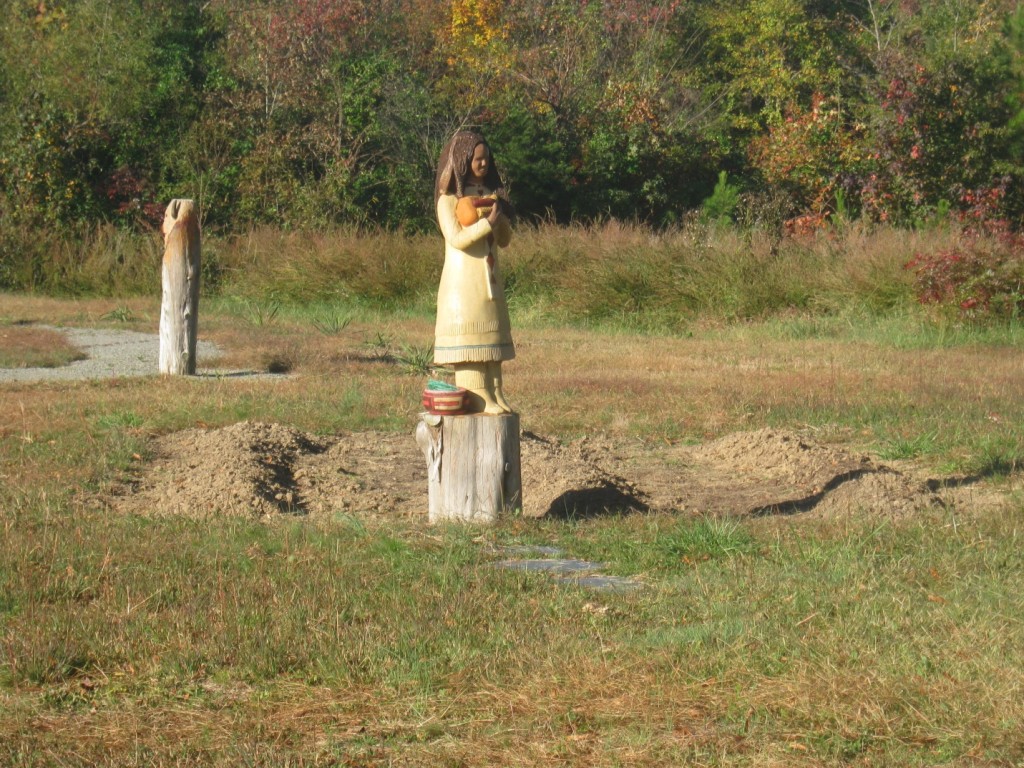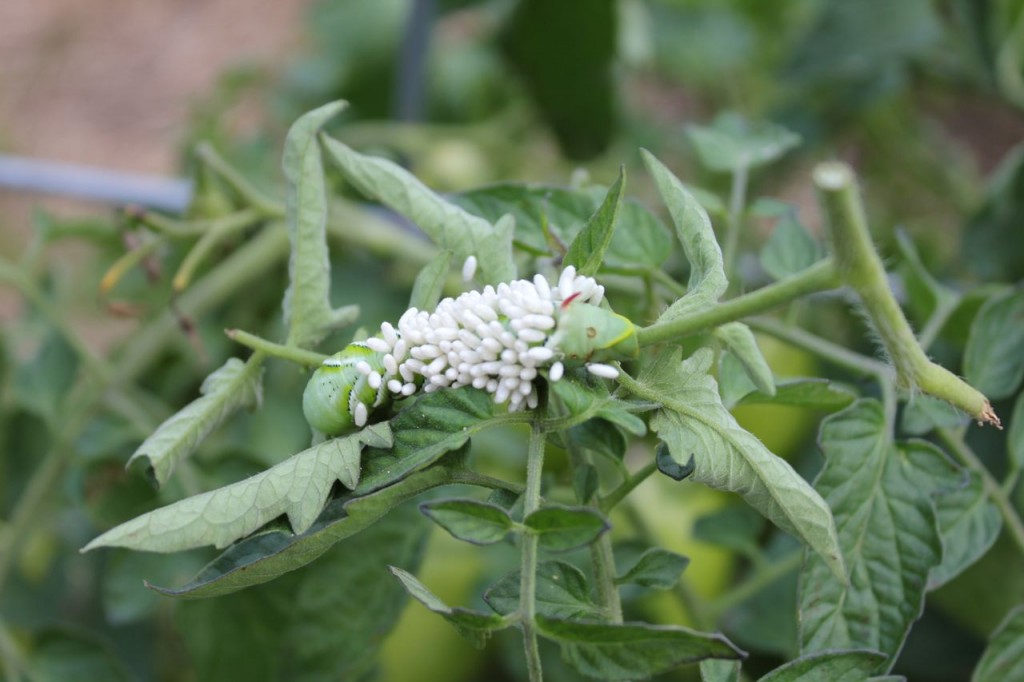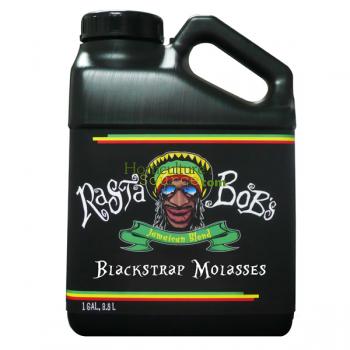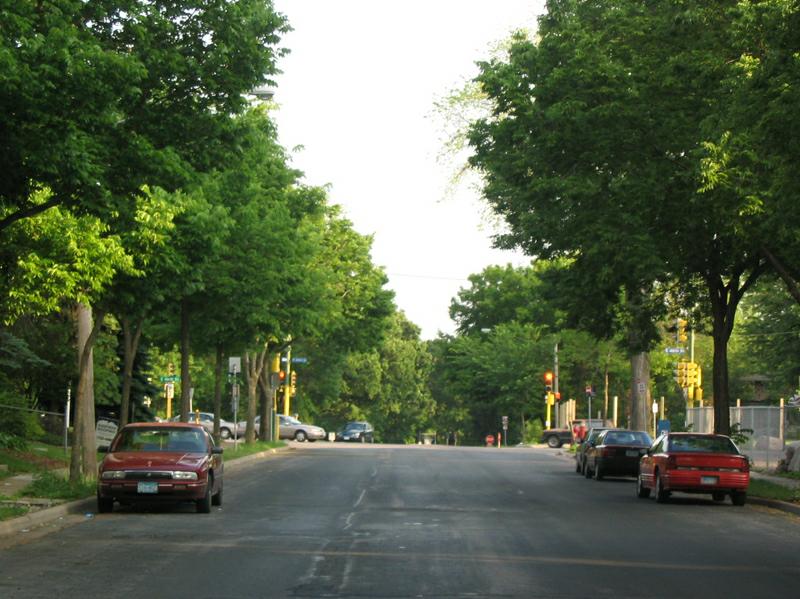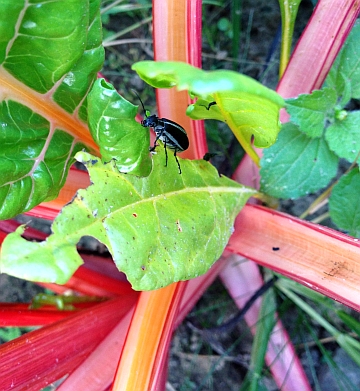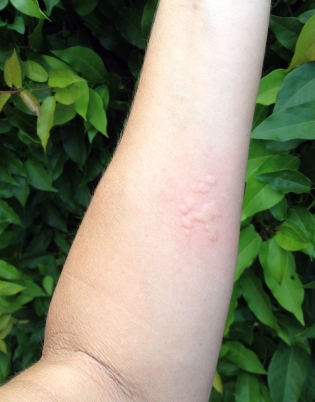William H. McCaleb, Blog Contributor
Program Assistant for Agriculture and Natural Resources, Halifax County, VA. and Master Gardener
For gardeners in the eastern U.S., last year was a better than normal gardening season. Better than normal yield, better than normal precipitation, and in our case in Virginia cooler than normal which yielded excellent spring cool season crops as well as early summer crops.
But all good things must come to an end; that being the result of several heavy frosts. With that said, I am looking forward to next year’s challenges and what I want to grow for our family. Oh, for the taste of one more summer ripened tomato, but for now, that is a dream and it is time to reflect on what grew well in the garden as well as what didn’t do so well. Hopefully you have kept a garden journal to help you in this task. I find that writing down details of what is planted, the orientation, spacing, fertilization/liming rates and frequency, weekly rainfall amounts, production amounts, etc. is helpful as you start planning for the next season.
Like me, you should start thinking about what you want to grow in 2015. Take time to reflect on your 2014 garden production, care, and location. Also, evaluate what went right and what went wrong with the plants and varieties you planted and harvested. This will start you off in the right frame of mind in preparing for the next growing season. Good planning and preparation for next year gives you the tools to have an even better gardening season. A successful vegetable gardener is a happy well fed gardener!
I know, you too are already missing those fresh tomatoes, potatoes, peppers, squash, okra, and other great home grown vegetables we treated ourselves to this year, but the next season is ‘just around the corner’ so to speak. After all the days are getting a little longer. Spring can’t be far away!
If you just happen to live in an area that hasn’t had frost yet, take your prompt from your plants: when annuals and seasonal vegetables turn brown and begin to die back, it is time to clean up your garden.
Clean up the Garden
Your best action is to remove any spent or failing plant materials. Experienced gardeners know that many of the bacteria, fungi, and other disease-causing organisms that caused those diseases. Pathogens that are sources of those diseased plants this past season can survive over the winter in dead leaves, stems, roots, and dropped fruits that get left in the garden. Much like a piece of bread that is kept too long and looks like it has penicillin growing on it, garden debris also will carry the pathogens that can come alive with those same problems when the temperatures begin to rise in the spring. Prevention of diseases and insect infestation now, will keep you from a repeat of problems in next year’s garden.
A good leaf rake, given enough ‘elbow grease’, works well in getting the bulk of dead plant material out of your garden. If you experienced early or late blight or other tomato related diseases this past growing season, you want to make sure you reduce, to the best of your ability, the risk of repeating that problem again next year. Yes, there are many new varieties of vegetables available today that are ‘resistant’ to some of these diseases, but ‘resistant’ does not mean they are immune to them. You don’t want to take the chance of returning pathogens, so do a good job, cleaning and ‘sanitizing’ your garden now. Make sure, when removing the plant debris, that you totally destroy that debris so that no pathogens are left behind.
To Compost or Not!
Can you compost this dead plant material and use it next spring? Information that you find from Extension offices across the U.S. will recommend that you do not. The reason being is that most people do passive composting i.e. put it in a pile, and then using what compost develops, put the compost back in the garden for the next season. It is best to burn the plant material; this will destroy the pathogens and weed seeds as well and return some carbon back into the ground when you spread it out. Please check local/state laws prior to burning. Many states and/or localities have burn bans especially this time of the year. Another method, if your local law allows it you can bag the material and send it to the landfill. Each year there are more localities that ban yard waste from their landfills. If you are not sure, check with your locality to learn more about your local waste and recycling laws.
If you do decide to go with active composting; composting at a temperature 140°F, or higher, will destroy many of the disease organisms as well as many weed seeds. You will need a temperature probe to monitor compost temperatures. It’s really not hard to source a compost thermometer either through the internet or local retail outlets such as garden centers or nursery supply stores. If in doubt about your compost pile reaching these high temperatures, it is best to side with caution and discard the material by properly bagging it or by burning based on your local ordinances.
Preventing Overwintering Pathogens
Some of our most notorious insects of the garden such as Mexican bean beetle, squash vine borers, European corn borer, cabbage loopers, can also overwinter in garden debris. Larvae will use debris as a safe harbor. Flea beetles and spider mites, as well, can find food and winter shelter in spent plant material and weeds.
After you have finished cleaning up the debris from your garden, it is time to turn over the soil to both aerate and break up any remaining debris into smaller pieces that will be turned under. A good rototiller will help make this job easier. Once buried, any plant material left will decompose more rapidly.
For some pests and pathogens, turning over the soil after removing spent plant materials is recommended as the main line of defense against overpopulation next year. Consider this information from “Home and Horticultural Pests: Squash Bugs and Squash Vine Borers,” from Kansas State University,
“A vigorous autumn… rototilling can physically destroy cocoons and larvae (of the squash vine borer). Brought to the surface, cocoons and larvae are more susceptible to predation by birds and exposed to cold winter elements, leading to their demise. Deep plowing physically destroys cocoons and larvae burying them deep beneath the soil surface so pupated moths become entombed underground.”
Steps to a Healthier Garden
If you haven’t done a soil test in three years or more, it is time to retest and determine the needs of your garden soils based on what you will be growing in the next season. Soil test kits and instructions are available from your local Extension Office. Also, in planning next year’s garden, rotation of your crops is a must do item. This simple action will help keep disease issues down. If your soil test(s) recommend liming, you can go ahead and put down lime this time of year, allowing it to start adjusting the pH. If the ground is frozen already, wait until spring. As you add lime, you can also help build soil structure by incorporating compost or shredded leaves. These soil additives will also add beneficial micro-nutrients and beneficial organisms. If you want to further build the soil, you may want to consider putting in a cover crop that will not only hold soil, but when tilled in early spring, will further build a healthier garden soil. A legume such as white or red clover would be something to consider. Check with your local Extension Office for best cover crop recommendations for your area.
Prepping Your Garden for the Next Growing Season (pdf)
References:
http://pubs.ext.vt.edu/426/426-334/426-334.html
http://www.ksre.ksu.edu/bookstore/pubs/mf2508.pdf
